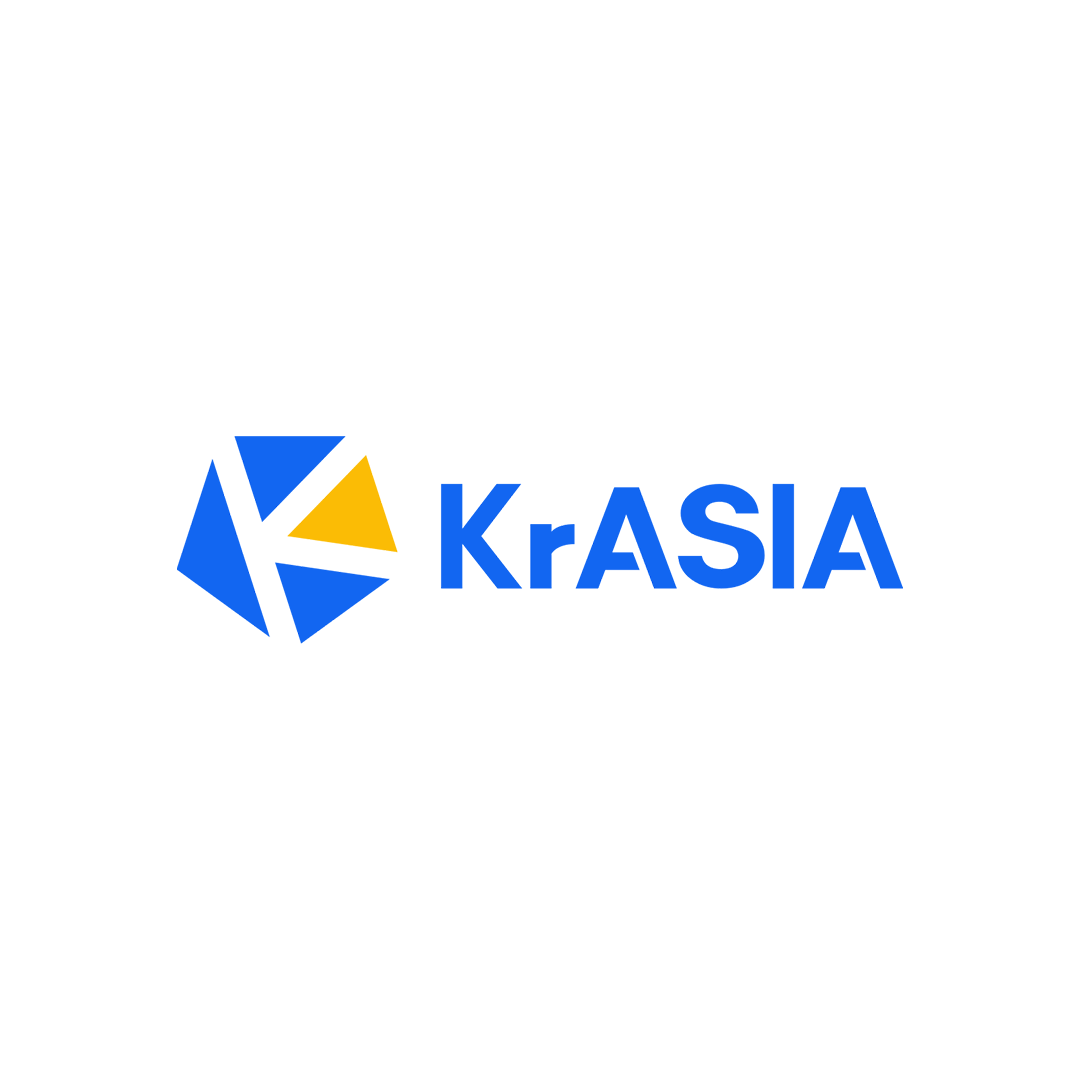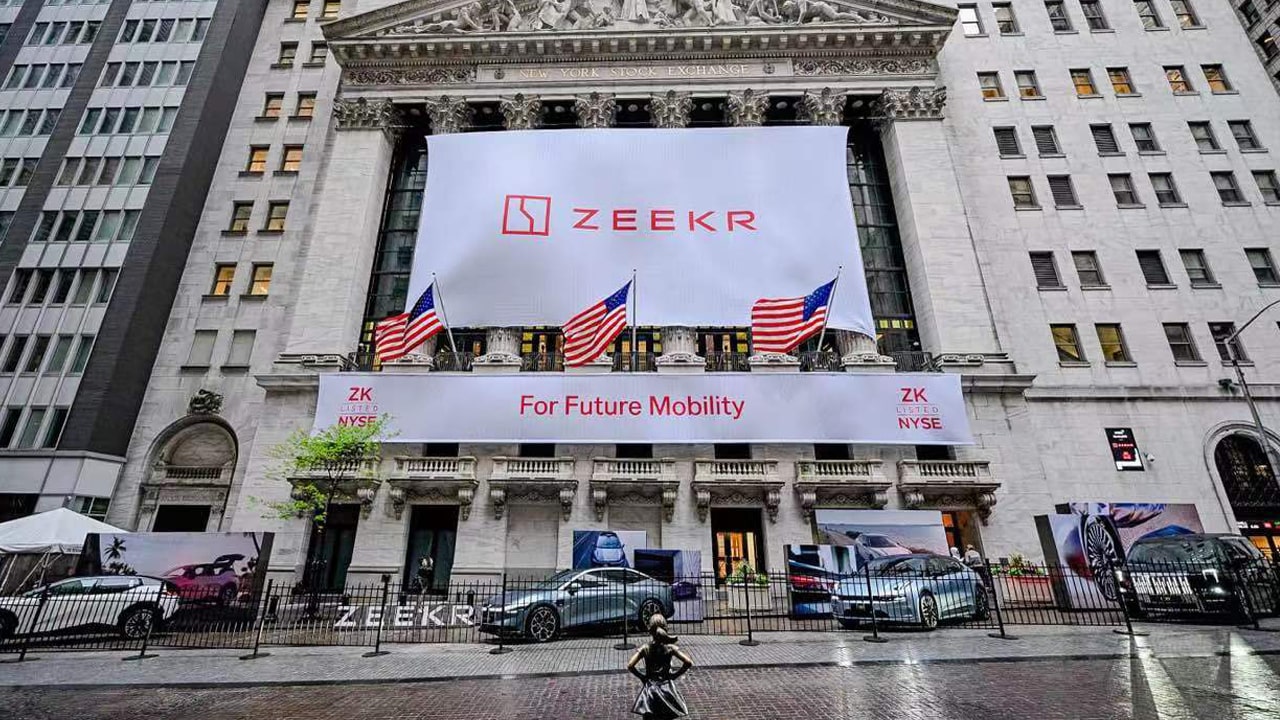Geely integrates Lynk & Co into Zeekr to streamline EV strategy
1 day ago
Geely has unveiled a roadmap to sharpen brand identities, streamline equity structures, and enhance operational efficiency through mergers and restructuring. The latest development in this transformation is the integration of Lynk & Co into Zeekr, now led by Zeekr CEO Andy An Conghui. Although Lynk & Co will retain its brand identity, its operations and strategy will now align closely with Zeekr’s framework.
The consolidation begins with merging financial and procurement teams, with R&D and product teams set to follow in early 2025. Together, Lynk & Co and Zeekr contributed nearly 30% of Geely’s passenger vehicle sales in the first three quarters of 2024. Lynk & Co delivered 169,800 units, while Zeekr reached 150,000—a testament to their importance in Geely’s electrification push. However, overlapping product lines and intensified market competition made integration a strategic necessity.
Sources cited by 36Kr indicate that Lynk & Co’s joint venture with Volvo, in which the Swedish company holds a 30% stake, created decision-making bottlenecks. Geely’s acquisition of Volvo came with commitments to operational independence, necessitating protracted negotiations to regain full control over Lynk & Co. With these hurdles cleared, the stage is set for Geely’s realignment.
Zeekr, initially launched as Lynk & Co’s electric vehicle division before becoming a standalone brand in 2021, has eclipsed Lynk & Co in sales and market appeal. Consistently delivering over 20,000 vehicles monthly, Zeekr has emerged as the cornerstone of Geely’s high-end EV strategy. Lynk & Co, founded in 2017, found success with hybrid and fuel-based vehicles like the EM-P series, which drove a 38% year-on-year sales increase to 220,000 units by October 2024. Yet, its EV offerings lagged.
The Z10 sedan, priced between RMB 180,800–313,800 (USD 25,312–43,932), delivered fewer than 5,000 units in its initial two months. By contrast, Zeekr’s 001 and 007 models, equipped with superior technology and branding, delivered over 14,000 and 10,000 units, respectively, during the same period.
The Z10’s underperformance wasn’t purely market-driven. Insiders attribute its struggles to outdated components derived from earlier Zeekr models. Simultaneously, competitors such as Xiaomi’s SU7 and Xpeng’s Mona 03 gained traction, offering advanced features in the same price segment. Zeekr’s announcement in July 2024 to explore hybrid models blurred brand lines further, intensifying internal competition.
This merger aims to streamline operations, reduce redundancies, and enhance Geely’s competitiveness in a rapidly evolving EV landscape. Geely’s multibrand approach, which fueled its growth for over a decade, is now being rethought to address changing market dynamics.
China’s automotive market is experiencing a seismic shift, with over 100 new energy vehicle models expected to launch in 2024. This intensifies competition in pricing and technology, making Geely’s fragmented R&D and supply chains increasingly untenable. The August 2024 reorganization, which began with merging Geometry into Galaxy, laid the groundwork for this transformation. The Lynk & Co and Zeekr merger represents the next phase of this evolution.
Geely’s multichannel strategy helped it surpass RMB 100 billion (USD 14 billion) in half-year revenue with a 15% gross profit margin in 2024. However, the path ahead demands agility and precision. As Geely dives deeper into restructuring, its ability to consolidate and innovate will determine whether it can sustain its position as a leader in the global automotive industry.
KrASIA Connection features translated and adapted content that was originally published by 36Kr. This article was written by Xu Caiyu for 36Kr.
...Read the fullstory
It's better on the More. News app
✅ It’s fast
✅ It’s easy to use
✅ It’s free









